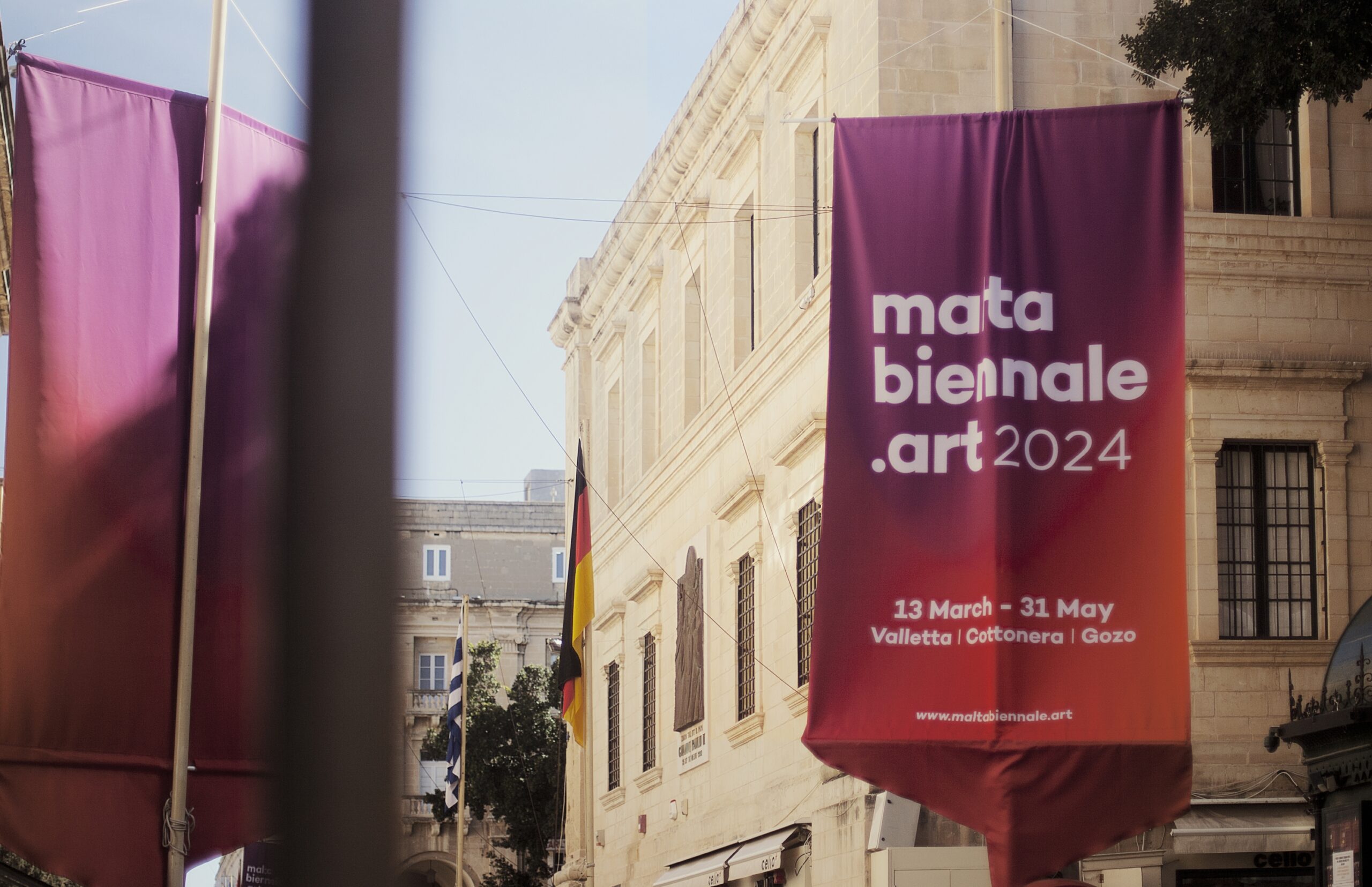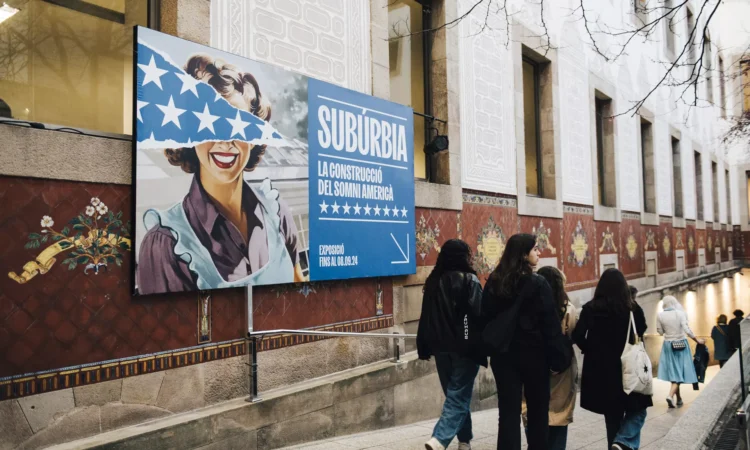Unveiling the Unique Malta Biennale: Where History and Art Collide

The enchanting island nation of Malta has a past as tumultuous as the waves that crash upon its shores. With a history woven from the threads of ancient civilizations and a modern cultural tapestry to match, Malta stands proudly in the heart of the Mediterranean, offering up a vibrant blend of history and contemporary art for all to revel in.
From the mythical Phoenicians to the powerful Carthaginians, Romans, Arabs, Normans, French, and British, Malta has witnessed the ebb and flow of countless civilizations. Now, in its grand debut, the Malta Biennale has thrown open its doors to artists from every corner of the globe, unleashing a whirlwind of creative expression and thought-provoking masterpieces.
With a staggering eighty artists representing 23 different countries, the Malta Biennale has transformed over 20 venues across the country into a vibrant platform for contemporary art. Sofia Baldi Pighi, the innovative mind behind the event, aims to offer a fresh perspective on the modern challenges facing the region.
Breathing new life into historic sites, the Biennale has reimagined iconic landmarks, using art to delve into complex themes such as identity, migration, and the lingering legacy of colonialism. One such metamorphosis takes place at the Grand Master’s Palace, now housing works that rewrite history through the lens of femininity.
Meanwhile, the mesmerising Ġgantija Archaeological Park, with its ancient megalithic ruins, plays host to Ibrahim Mahama’s powerful “Garden of Scars” installation, weaving together the histories of Ghana and the Netherlands in a deeply evocative display.
The thought-provoking collection “The Clean Room” by Belgian artist Sofie Muller also takes centre stage at the National Museum of Archaeology, standing in sharp contrast to humanity’s oldest sculptures, exploring universal themes of fertility and pregnancy.
In a bold move, the Malta Biennale has openly tackled the war in Gaza through the powerful works of artists like Mel Chin, who bravely memorialises the innocent victims of ongoing atrocities. Both he and Baldi Pighi have used their platforms to shed light on pressing global issues, sparking essential discussions and stirring debates.
But the Biennale doesn’t stop there – it is on a mission to tear down the barriers that often separate the local community from contemporary art. The public programme is designed to engage and involve the Maltese community, with free activities including roundtable talks, workshops, and performances.
The result? A beautifully orchestrated clash of cultures, as unsuspecting locals find themselves caught up in captivating performances alongside artists. This is precisely the goal of the Malta Biennale – to create an inclusive and thought-provoking space for everyone, regardless of their familiarity with contemporary art.
As the first edition unfolds, one thing is abundantly clear – the Malta Biennale is forging new paths and reimagining the very essence of what a Biennale can be. It is a blank canvas waiting to be painted with endless possibilities, holding the potential to ignite something completely beyond our wildest imaginations.




